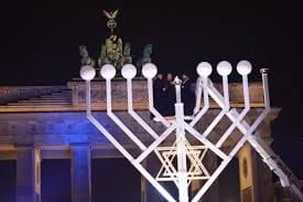
Being a festival of religious freedom there’s a public aspect to it when Jews are encouraged to display the lights in windows, porches or whatever. It’s a festival which proudly displays not only the Jews’ right to practise their religion but the right of all of us to live by our beliefs and values. The first night of Hanukkah was Christmas Eve this year so the festival has coincided with Christmas and I think if I were Jewish I’d feel it was a bit overshadowed by all the public hype about Christmas. Perhaps it’s that fact that has led to public Menorah being set up in public squares and places throughout the world, something I’ve not been aware of before, though I believe one has been lit in Berlin for the past twenty five years and probably in other parts of the world as well. Hanukkah lights have been lit in the Westminster Government and we have our own here in Scotland’s capital city which is probably why I’m aware of it this year, as well as its coincidence with Christmas.
One of the titles given to Jesus is the Prince of Peace, a Light to the World. We talk about Jesus bringing peace and yet the world still sits in darkness. What difference has the birth of Jesus made? We tend to think of Christmas as a feast for children and our nativity scenes focus on the baby Jesus. But the joy and happiness of Christmas is only one side of the equation. While celebrating the birth of a baby we do so knowing how his story will end, that he will be opposed by the religious establishment and put to death as a common criminal. This is a baby who will be a contradiction, bringing not just peace but also persecution by those in society who are judged and challenged by a message and way of life that contradicts the power, greed, narcissism, arrogance of much of society and of which we are all capable. It’s one of the reasons why oppressive governments oppose religion or want to limit it as a means of unity or social control. Two days after Christmas the Catholic Church remembers the story of the Holy Innocents – a story told in Matthew’s gospel of how King Herod had all the male children under two years of age murdered because he had been told by wise men that a King had been born. The story of Christmas is not all about joy and hallelujahs. It has its dark side and it’s good to remember that if we are to understand it in a balanced way. Jesus, of course, is a light in that he shows us that darkness, sin, evil need not have the last world. Another way of life is possible, values that focus on self-sacrifice, love, compassion, generosity can transform each of us and in that small way contribute to the transformation of the world. We all can be lights in our world and the lights on our Christmas trees, the candles on our tables can be a reminder that that’s what we are called to.
Hanukkah candles have the same message. At a time of particular darkness for the Jewish people the Maccabees brought a light into society which gave them freedom to be themselves and live their faith openly and with integrity. The Hanukkah candles are a counter cultural act which declares people’s right to live religiously in the face of growing secularism, materialism, persecution and terrorism. In some parts of the world to practice religion openly is to invite persecution and martyrdom. Here religion is no easy option. At the beginning of Hanukkah the Chief Rabbi Mirvis wrote to Christians reminding us of our responsibility to stand together to oppose discrimination. Faith communities, he said, have a responsibility to stand together to oppose discrimination and attacks on freedom of religious expression wherever they are to be found. With religious freedom under attack, this solidarity is important.
The 2016 report of the United States Commission on International Religious Freedom concluded that "the serious and sustained assault on religious freedom is a major factor behind the rolling series of worldwide humanitarian crises." Jonathan Sacks reminds us that people will fight for religious freedom, and the attempt to deprive them of it will always end in failure. He suggests “We need, in the twenty-first century, a global Hanukkah: a festival of freedom for all the world's faiths. For though my faith is not yours and your faith is not mine, if we are each free to light our own flame, together we can banish some of the darkness of the world”. Surely a message pertinent for both Jews and Christians and one that can unite us as we celebrate these festivals of light at this, the darkest time of the year

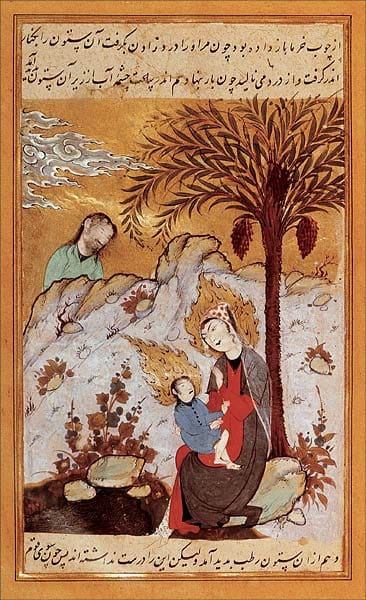
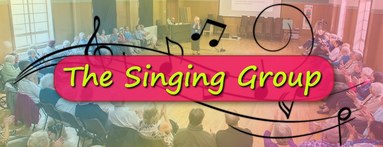
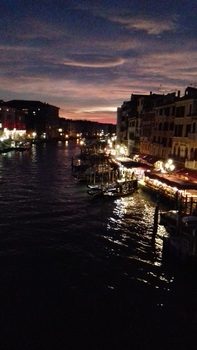
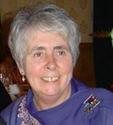
 RSS Feed
RSS Feed
